
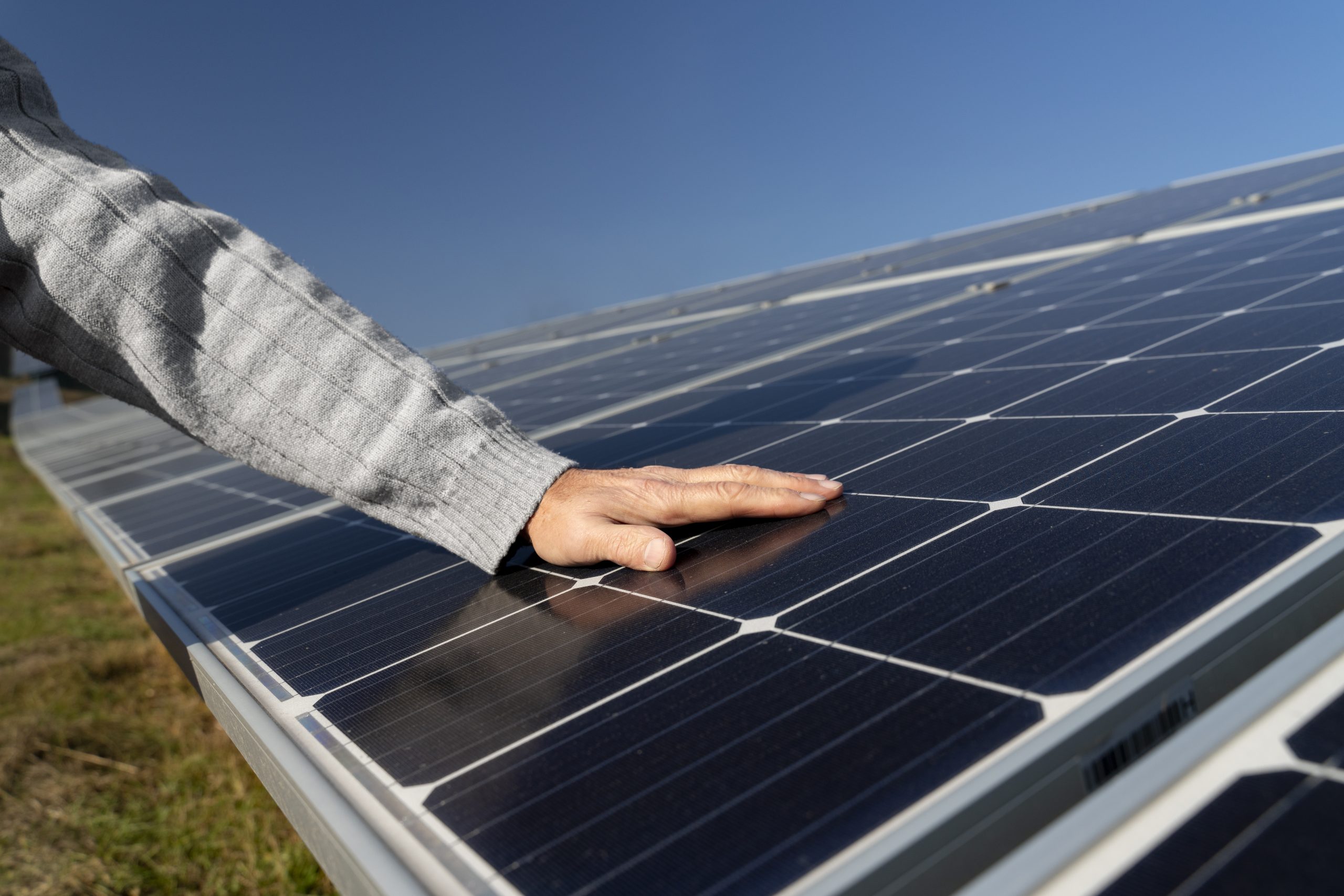


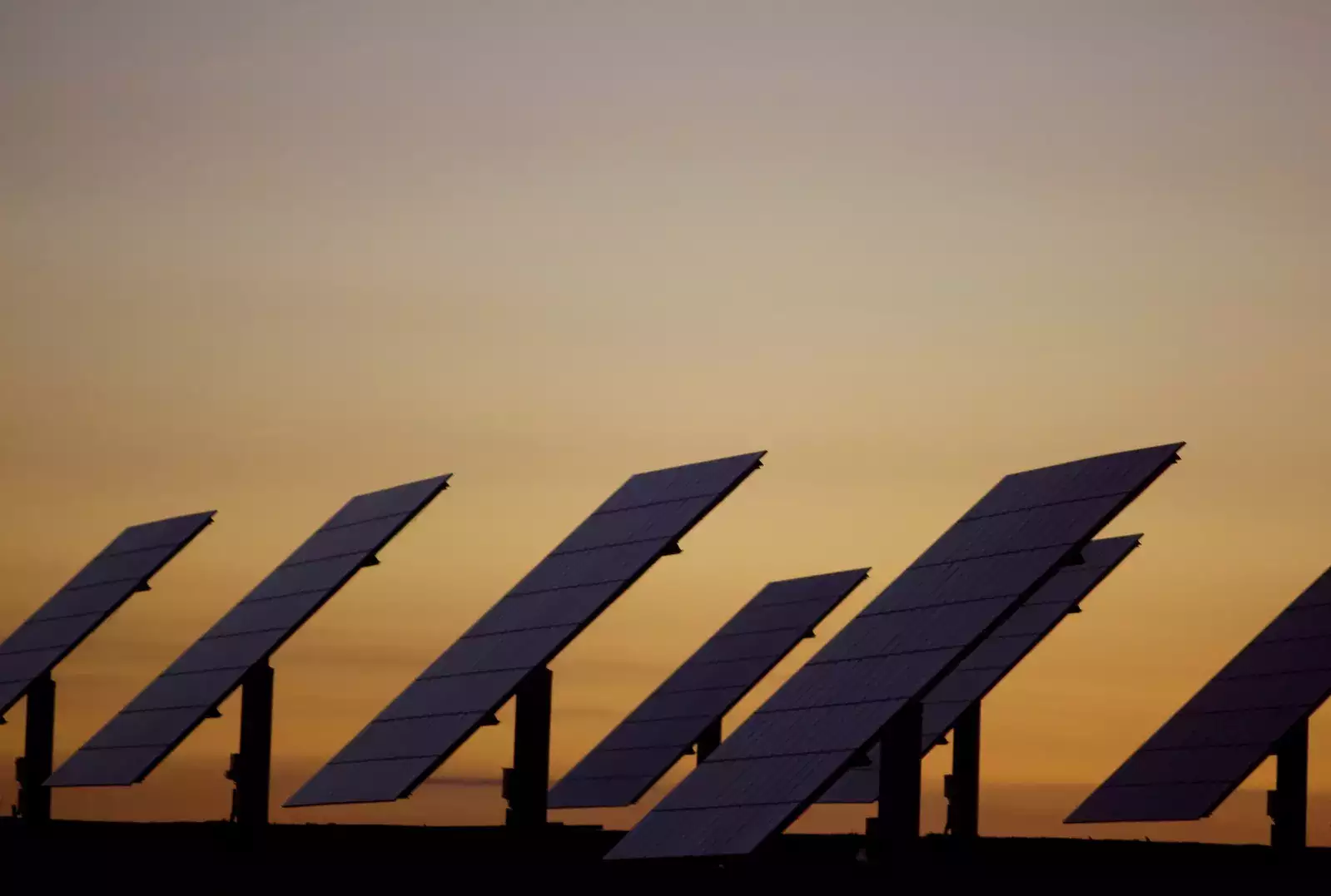
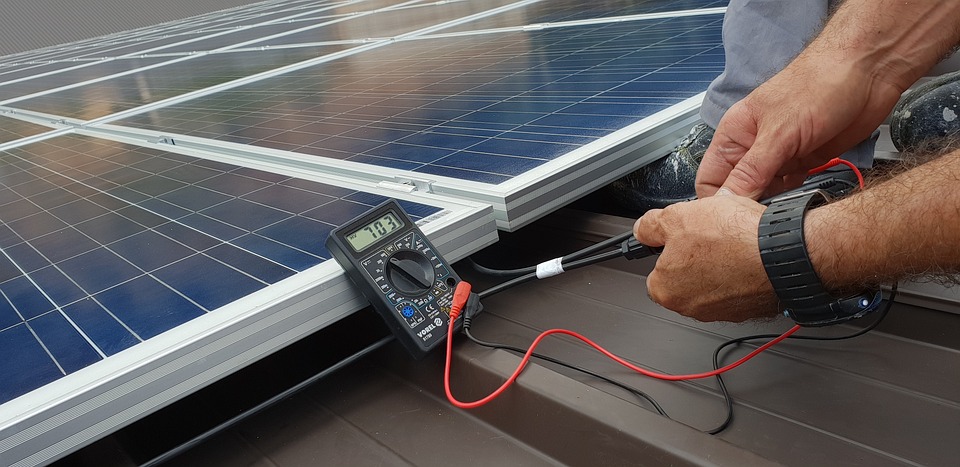
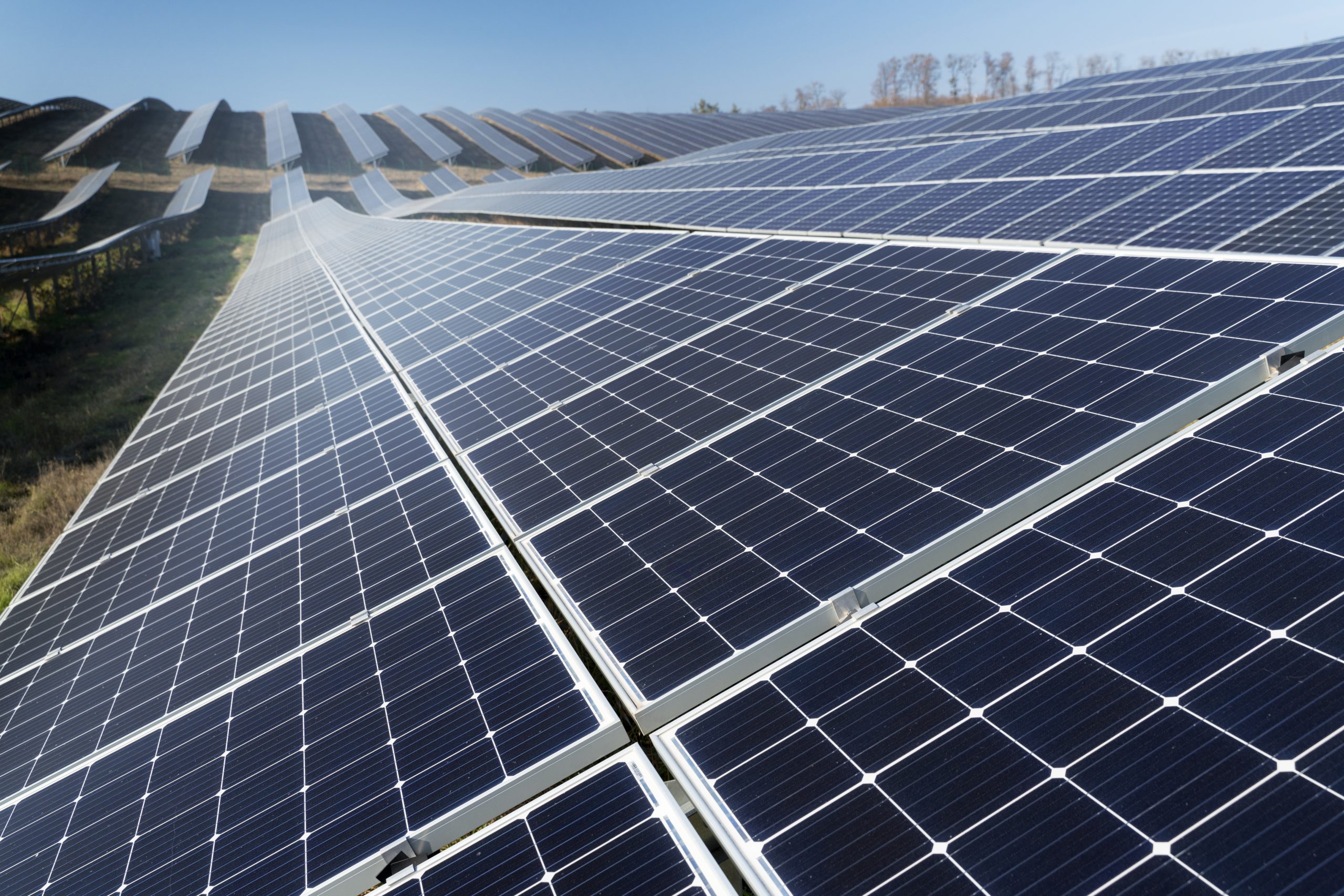
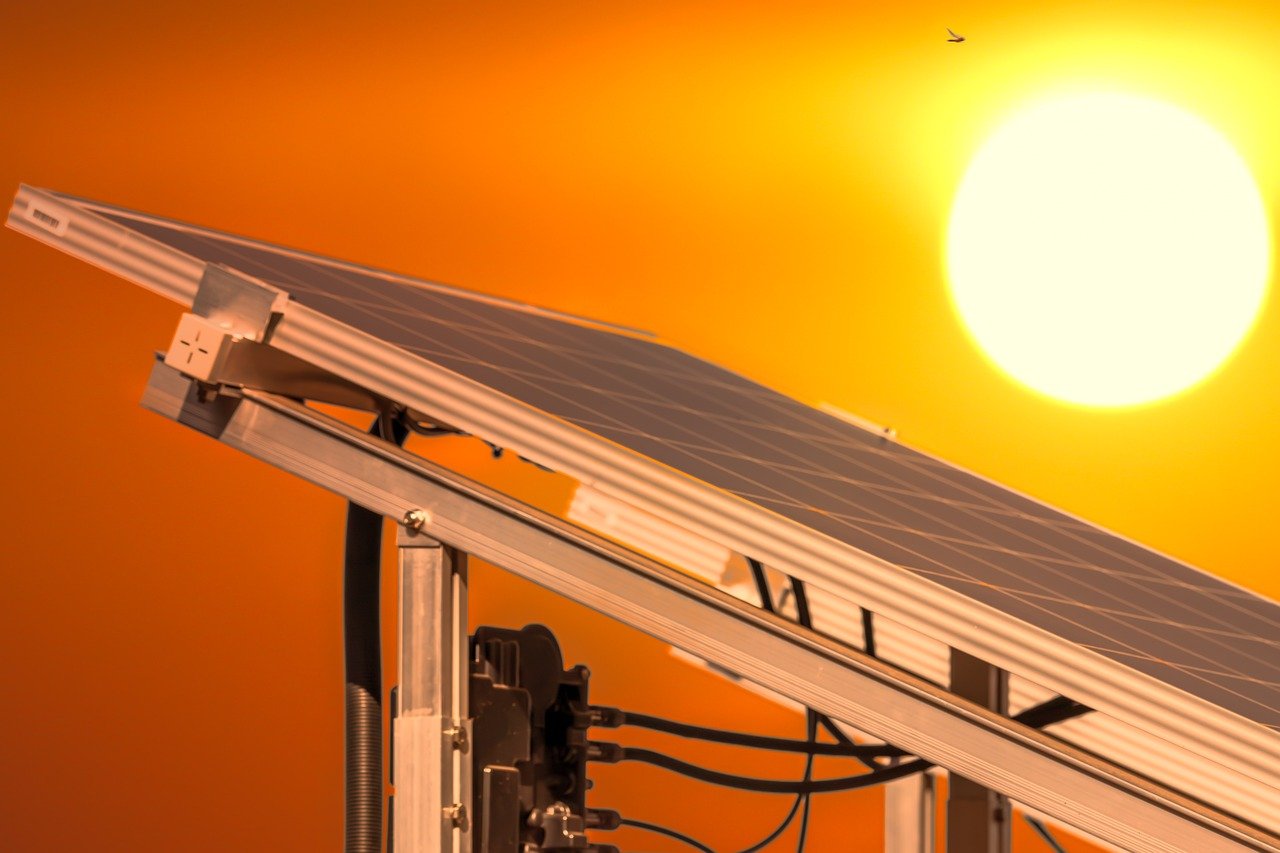

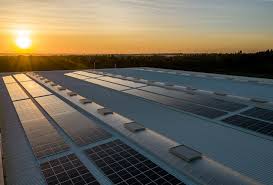
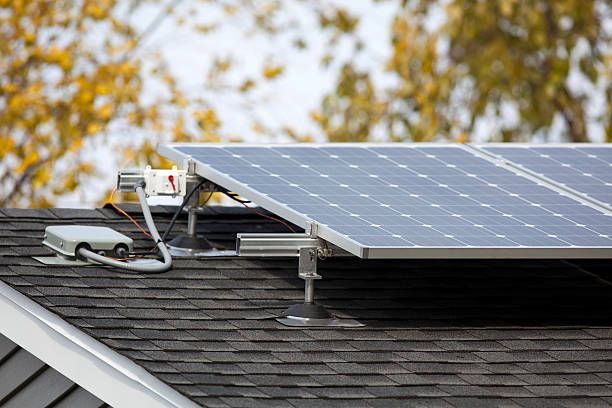
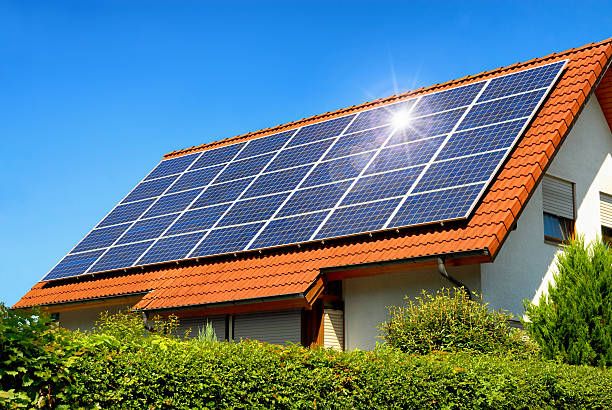
The solar PV market in India has seen a meteoric rise. The year 2016-17 has seen a double capacity addition (see Figure 1) andit is expected that India would add close to 10 GW in 2017-18 an approximate of 130% year on year rise. However solar PV generation is highly intermittent in nature. Figure 2 shows the cumulative generation curve of solar PV plants in Gujarat. It is clearthat the solar energy can power the loads only during daytime. This limits the usage of solar PV plants at night reducing its reliability. Hence it is important to explore alternative solutions which would enable total reliability to solar PV.

Figure 1: Year on year cumulative capacity addition of Solar PV technology in India (Source: MNRE Annual report and Mercom capitals)

Figure 2: Solar generation trend in Gujarat (Source: Gujarat SLDC)
The storage would enhance the reliability of Solar PV source by storing the excess generation during day time and use it at the evening and night. This would also enable shifting the evening peak load with consumers using more energy from the battery than from the grid. Out of all the storage options currently available, battery storage has the highestadaptability due to its ease in use.Battery generally has two electrodes with an electrolyte capable of both storing and delivering energy as and when required. The battery coupled with solar PV would deliver charge when solar PV is unavailable. This would enable consumer to enjoy uninterrupted power supply.
While there are benefits of using battery technology, the cost of storage system primarily acts as a hindrance to implementing battery storage in any project.The technical difficulties such as charging and discharging losses(amount of energy lost as heat, internal resistance while charging and discharging the battery), the operating temperature of battery (reduction in capacity of battery with increase in operation temperature) and depth of discharge & reduction in cycle life (the reduction of capacity and hence the cycle life of battery when discharged below a certain level) also hinders the usage of battery among the consumers. The Figure 3 below clearly shows that the increase in operational temperature leads to degradation in battery life.Also Figure 4shows how Depth of Discharge reduces the battery life.

Figure 3: Battery age vs Battery capacity (Source: The Electropaedia)

Figure 4: Expected average cycles vs Depth of Discharge (Source: The Electropaedia)
Figure 5 below shows the cost of different utility scale storage technologies. The typical energy cost from a utility scale Lithium-ion battery may cost upto INR 30/kWh whereas for a utility scale Lead acid battery may be as high as INR 300/kWh (may vary from vendor to vendor). This counters the idea of using battery as storage technology as the cost of procuring energy from grid may not vary from INR 6/kWh to INR 12/kWh (depending on consumer type). Additionally it requires utmost care to operate and maintain such battery.The charging discharging of the battery at higher temperature or at higher (charging and discharging) rates may lead to reduction in the battery capacity and hence the battery life. Additionally it is also important to determine the state of charge and depth of discharge of the battery as over discharging and under charging may lead to reduction in battery life. For a utility scaled battery technology, It is required that it operates to its full capacity even if it is subjected to variable temperature. However, a moderate increase in temperature can half the lifetime of battery. Also with the intermittent nature of solar energy, the amount of energy from battery required by connected load may differ.Combining the commercial and technical factors, it can be assumed that battery technology still needs support from government and an active adoption from consumers.

Figure 5: Cost of utility scale storage systems (Source: IFC, World bank)
Ancillary services in renewable energy shall require an increased uptake of storage technology as the forecasting and scheduling regulations come into effect next year. Major states like Karnataka, Gujarat, Rajasthan, Andhra Pradesh (to name a few) have already notified their Scheduling and forecasting regulations (Draft in some cases). These states constitute about 70% of installed capacity of solar energy plants in India. These regulations when into affect would charge the solar plant owners for a specified deviation in their forecast. Such deviation after a threshold limit would lead topenalizing the solar generators. Additionally, the solar energy generators may/may not be compensated for such additional generation. This would pave way for storage technology (in addition to advanced forecasting and scheduling technology).While Government has taken adequate steps it would still take a while till the uptake of battery storage increases.
Hence, it is clear that while storage is struggling to find its acceptability in market now, the future for steerage technology shall be bright in days to come. Additionally EV’s shall also have a role to play in offsetting the solar PV peak generation and enabling the consumers to use that energy at night while also curbing the carbon emissions. We at Waaree Energies Ltd. provide complete solutions for PV + storage technologies supporting the tomorrow’s revolution from today.
Let us all pledge to make solar energy the primary source of energy in the near future.
RAHE ROSHAN HAMARA NATION